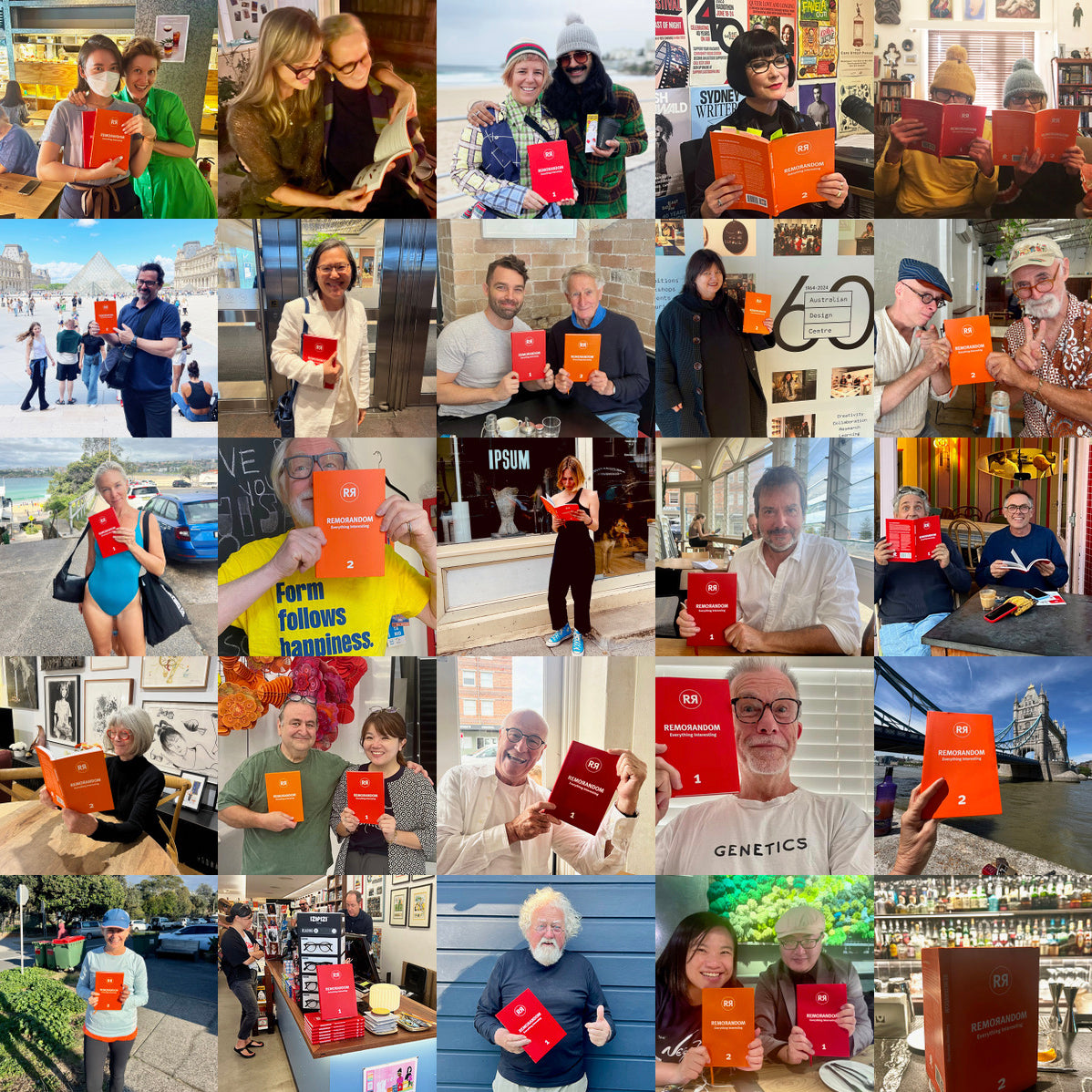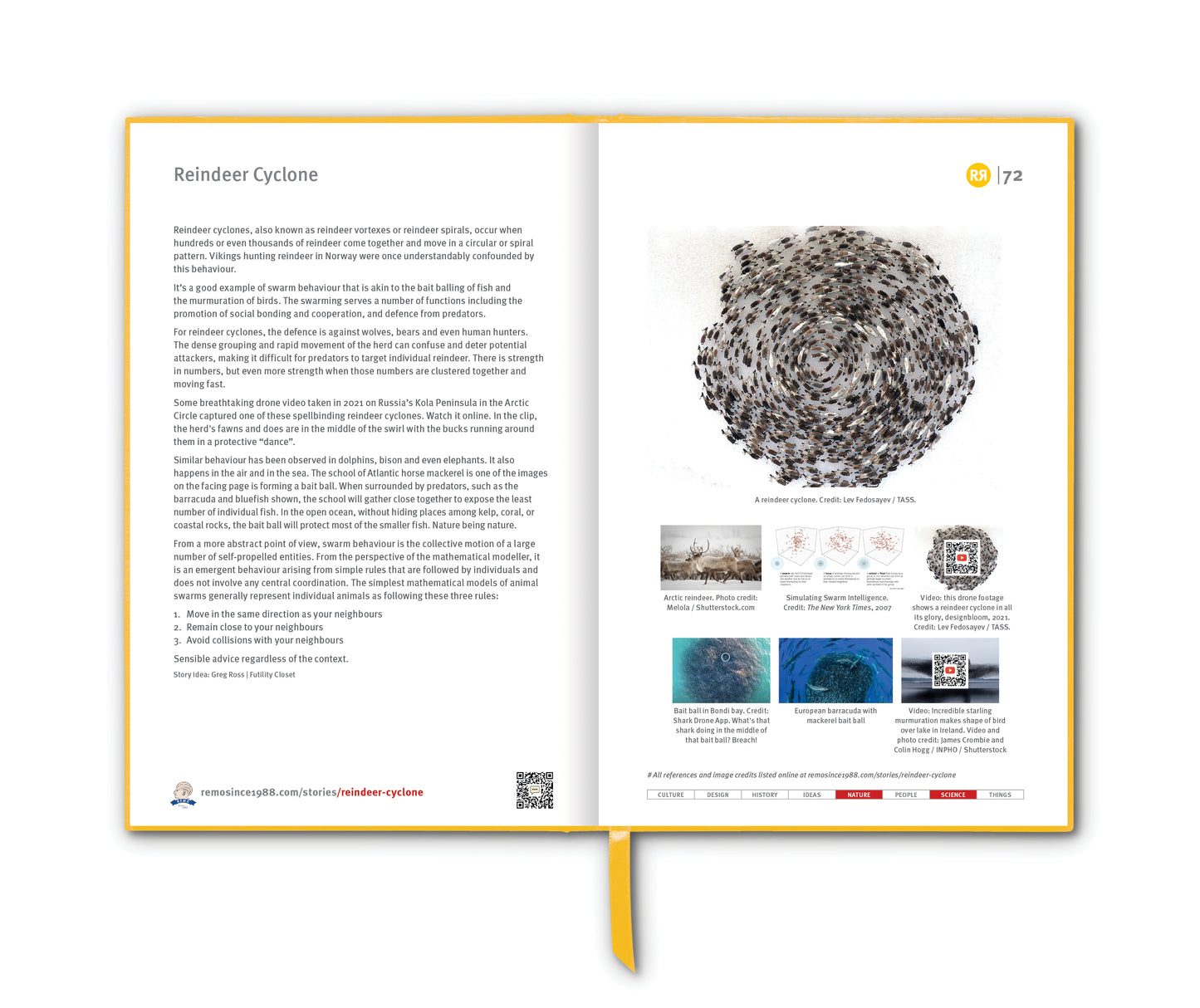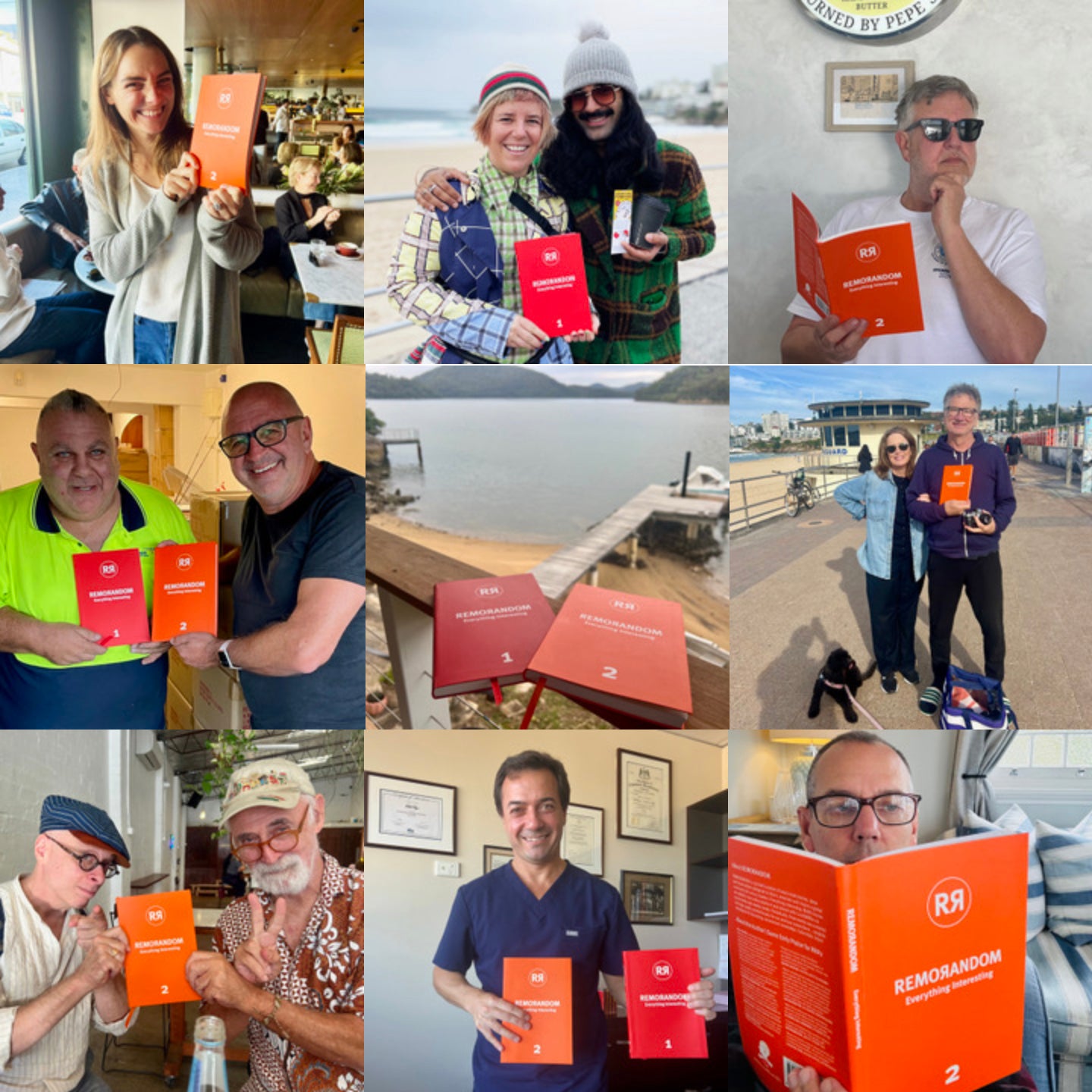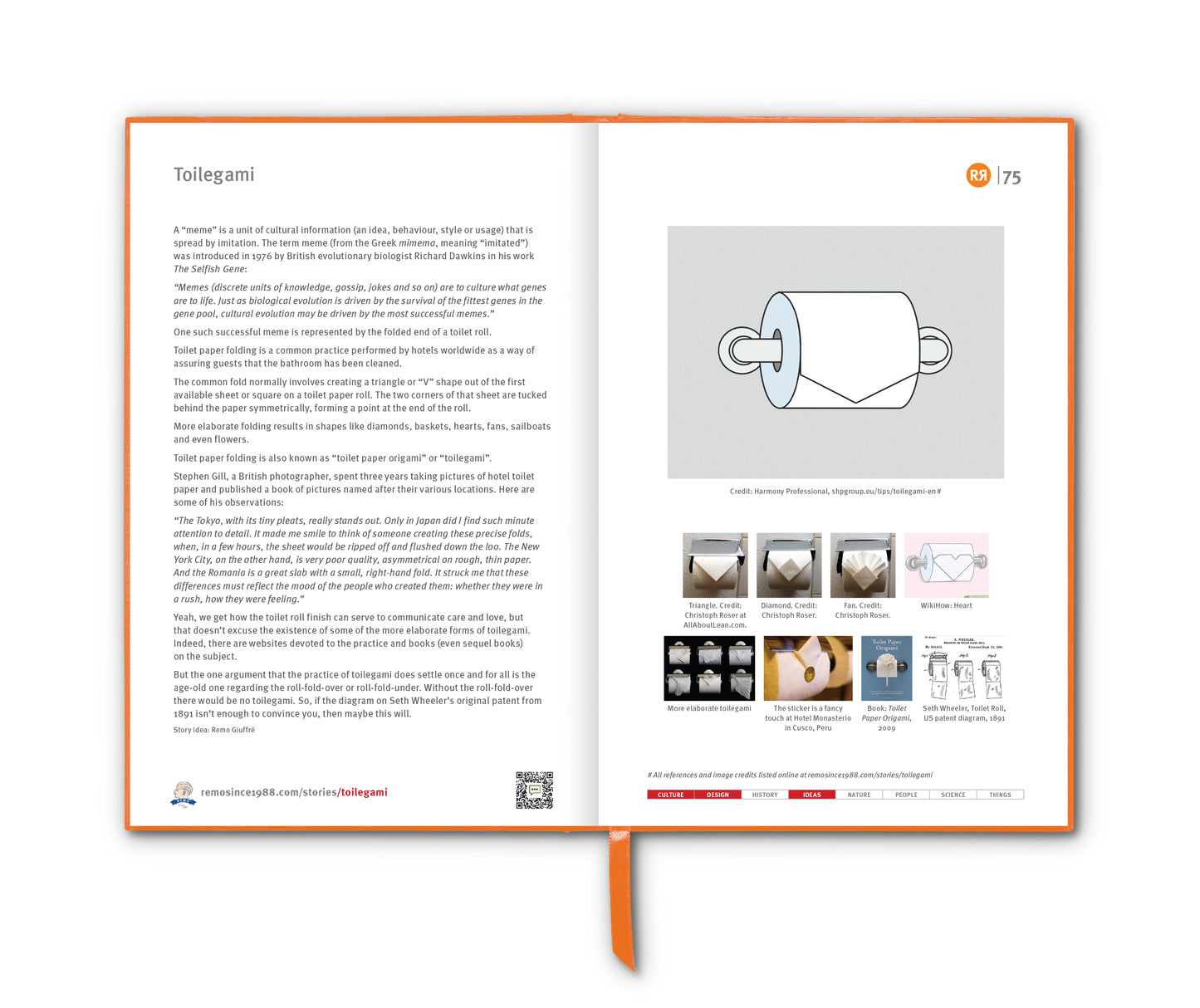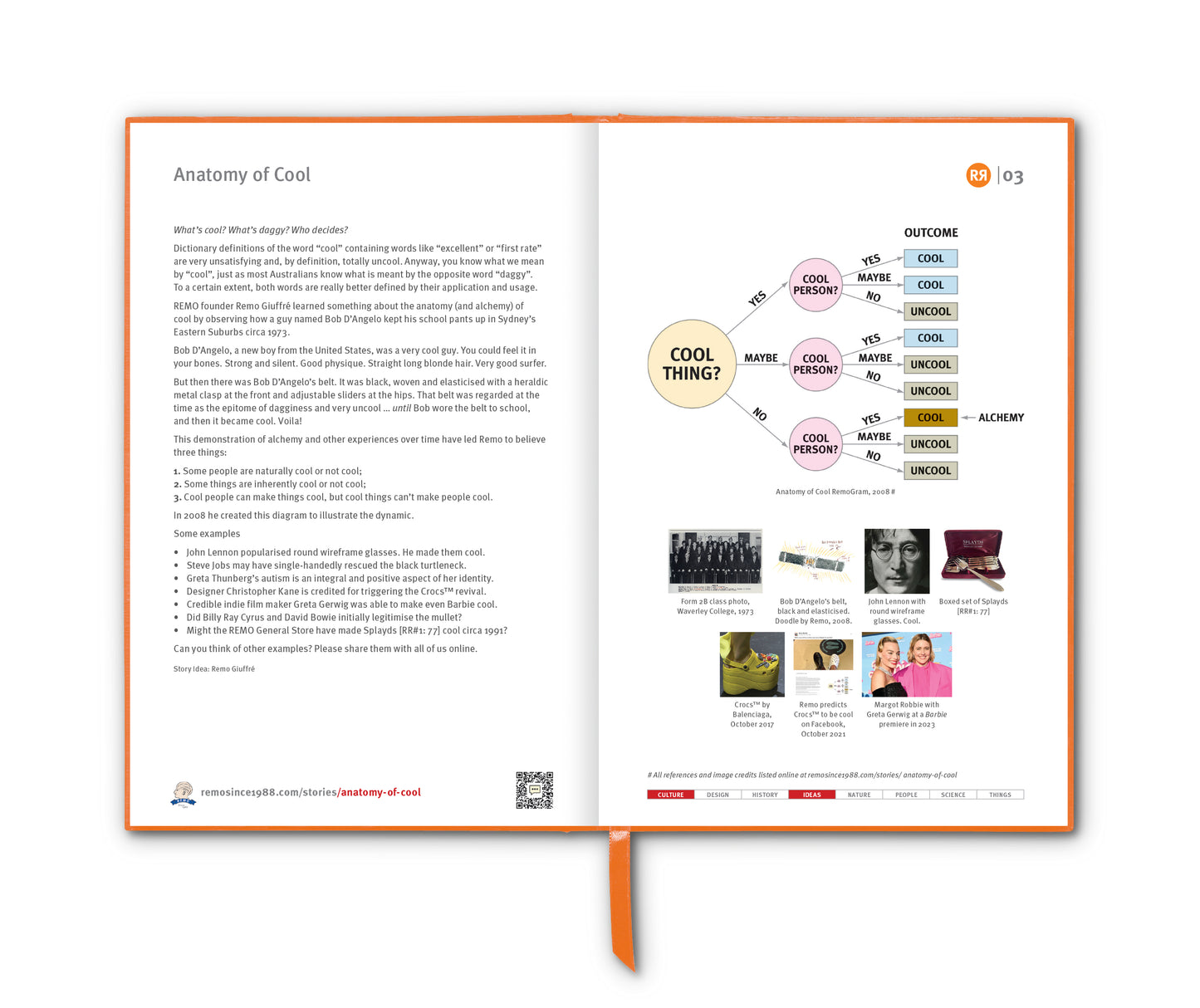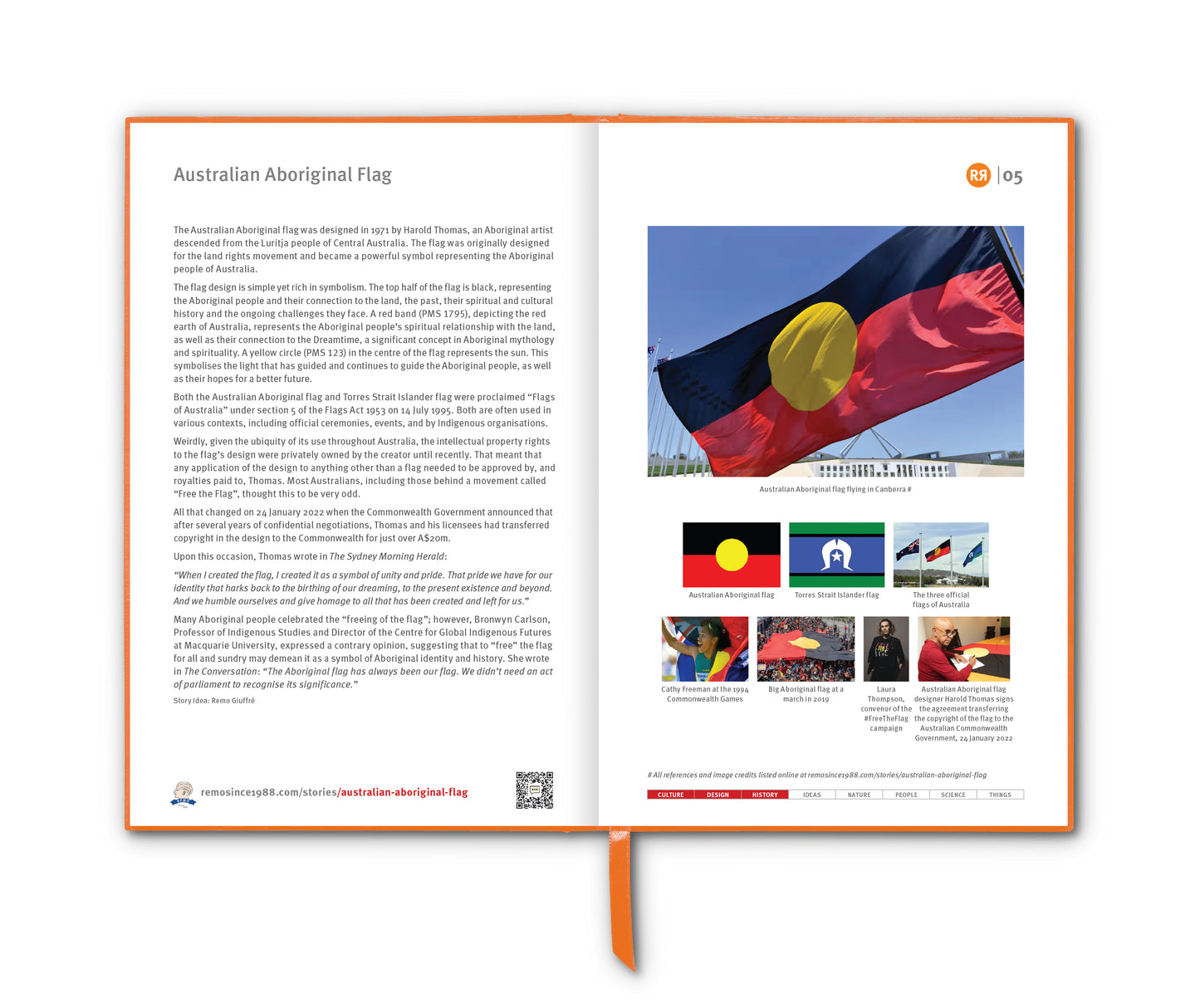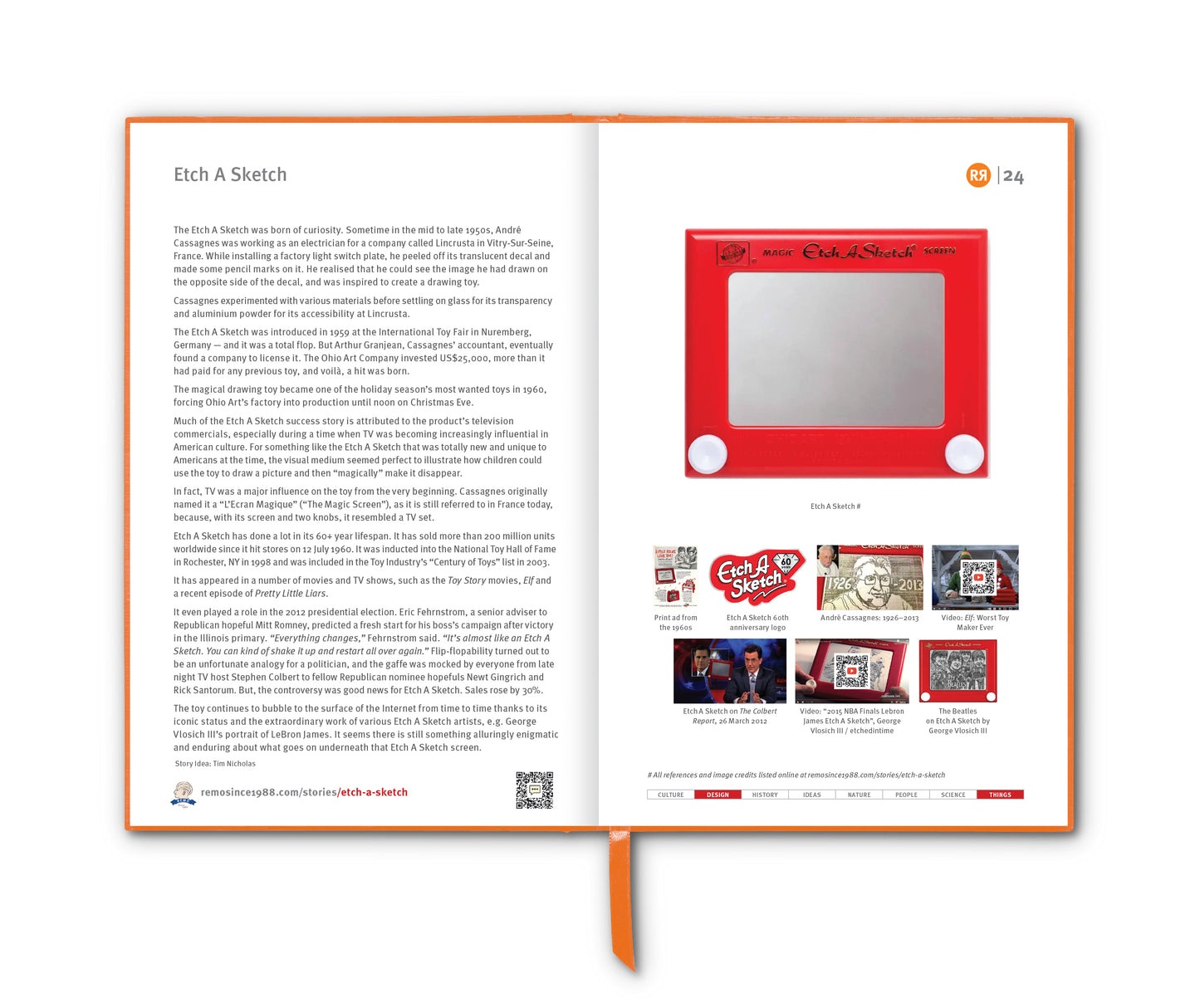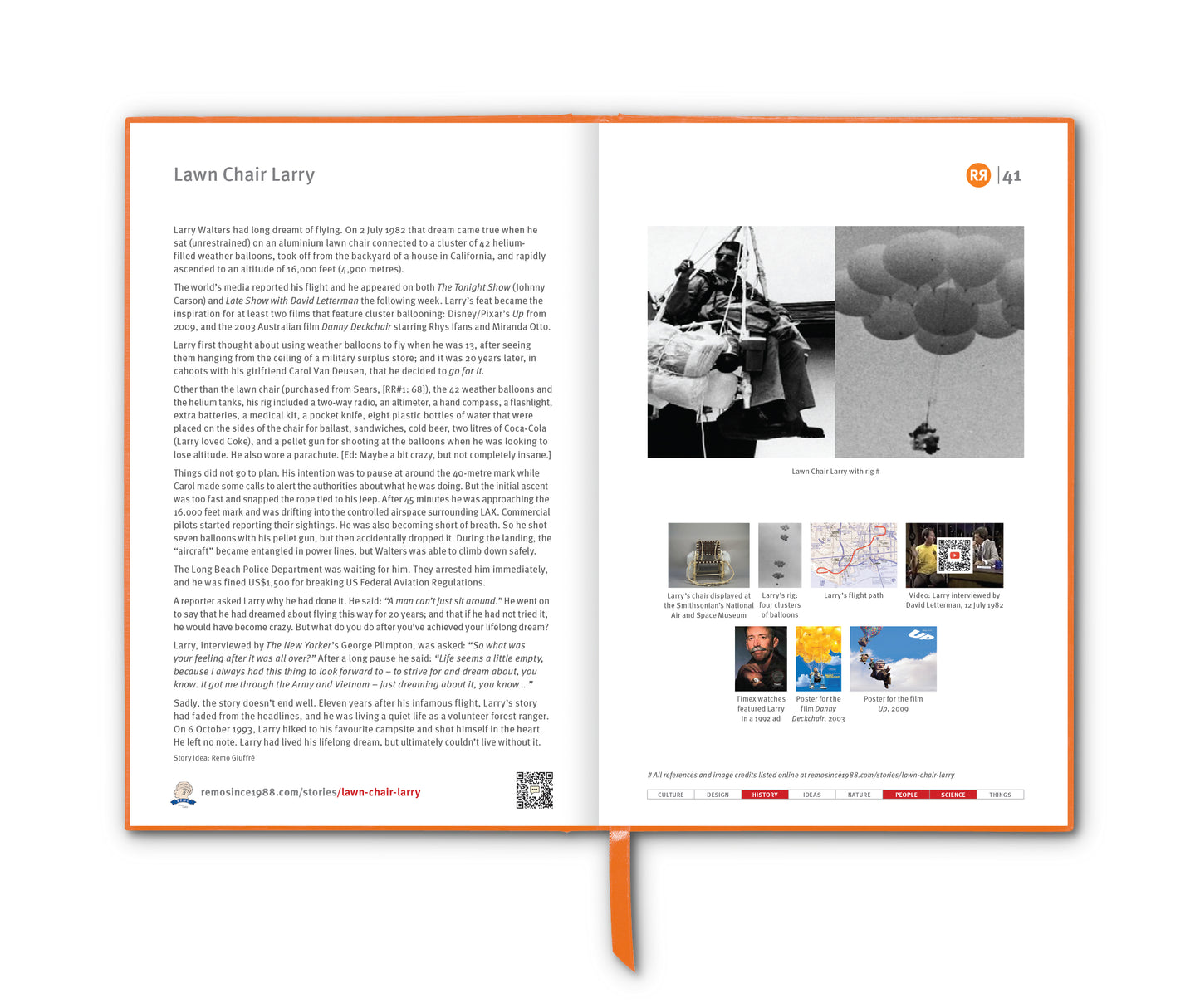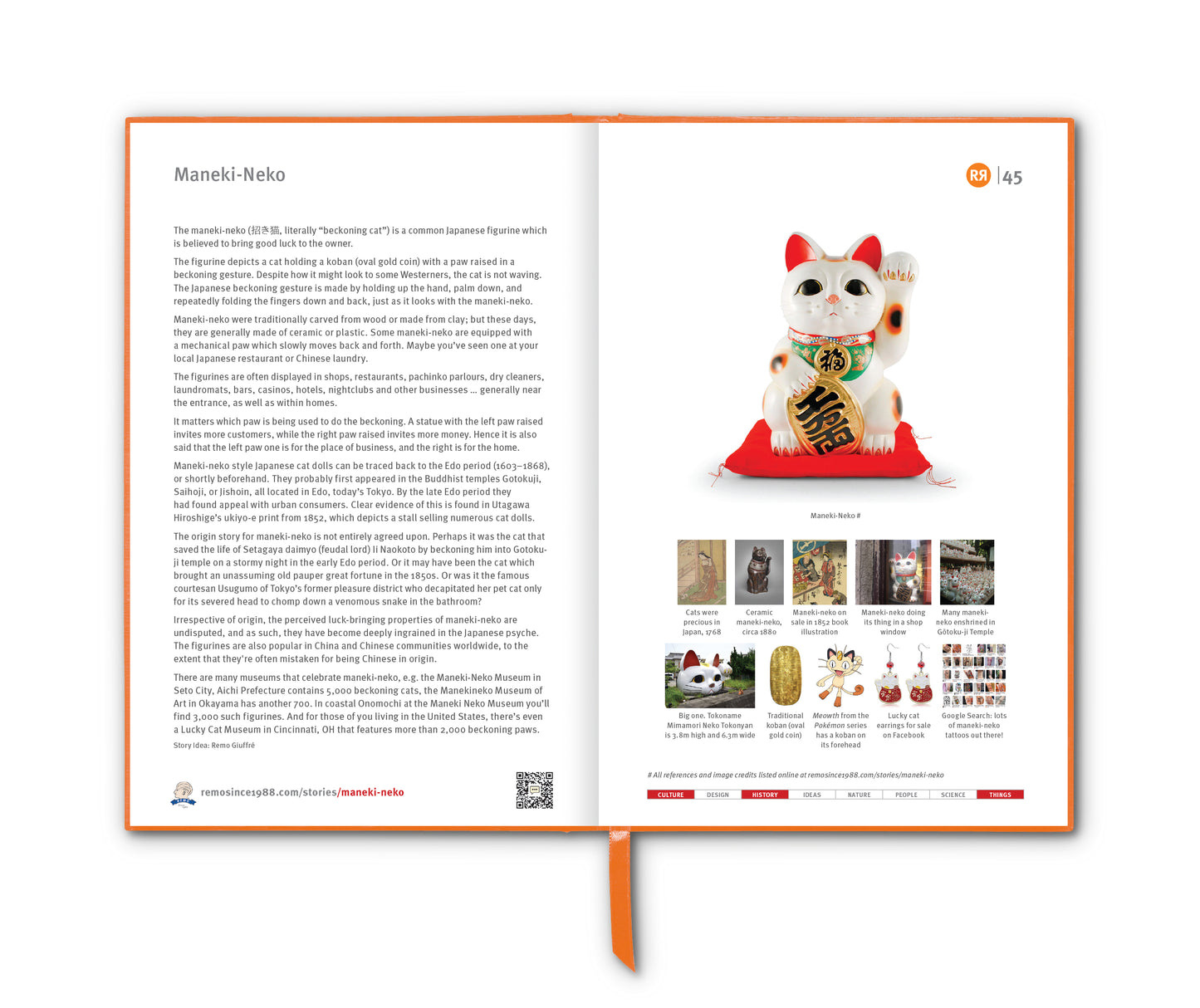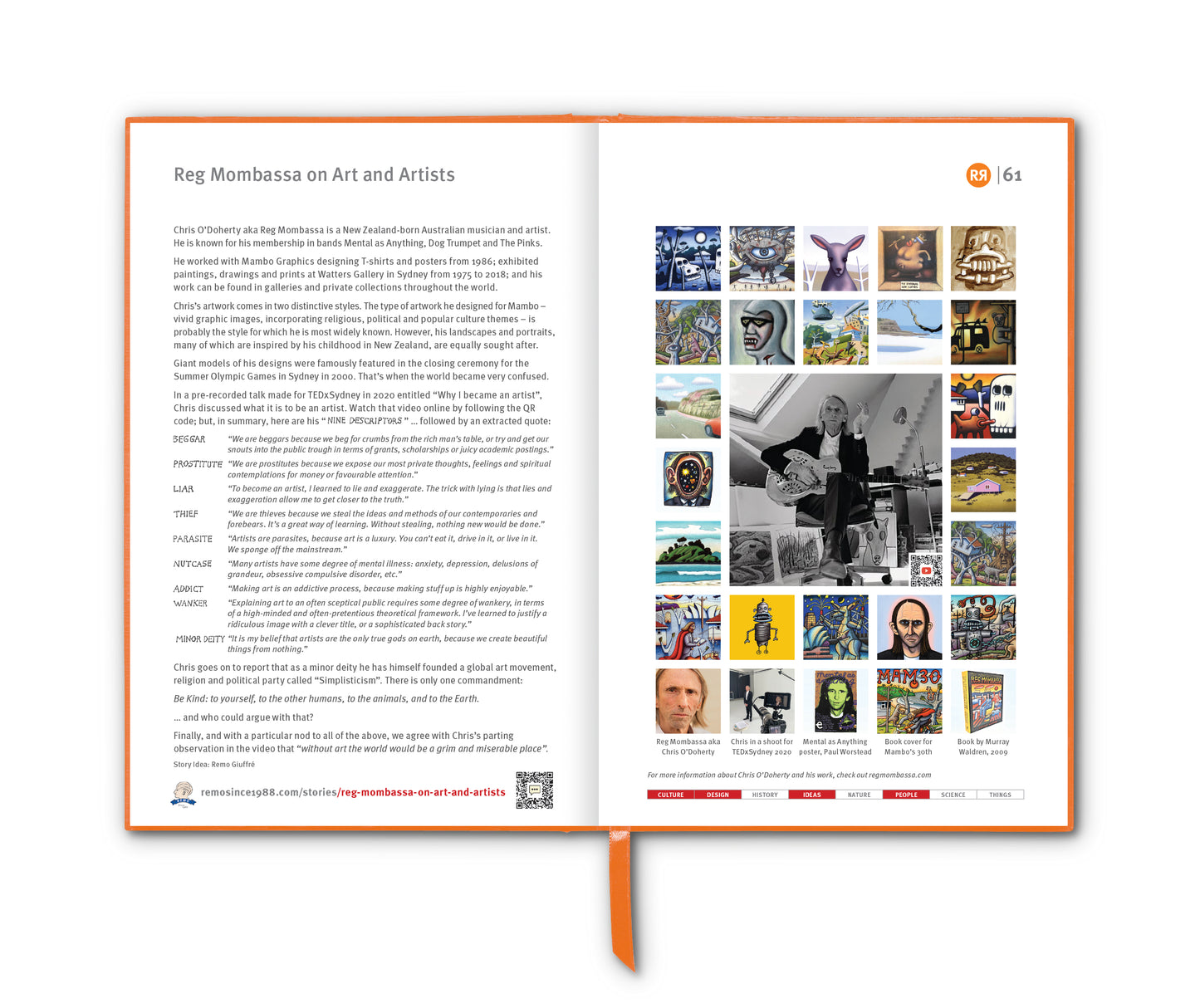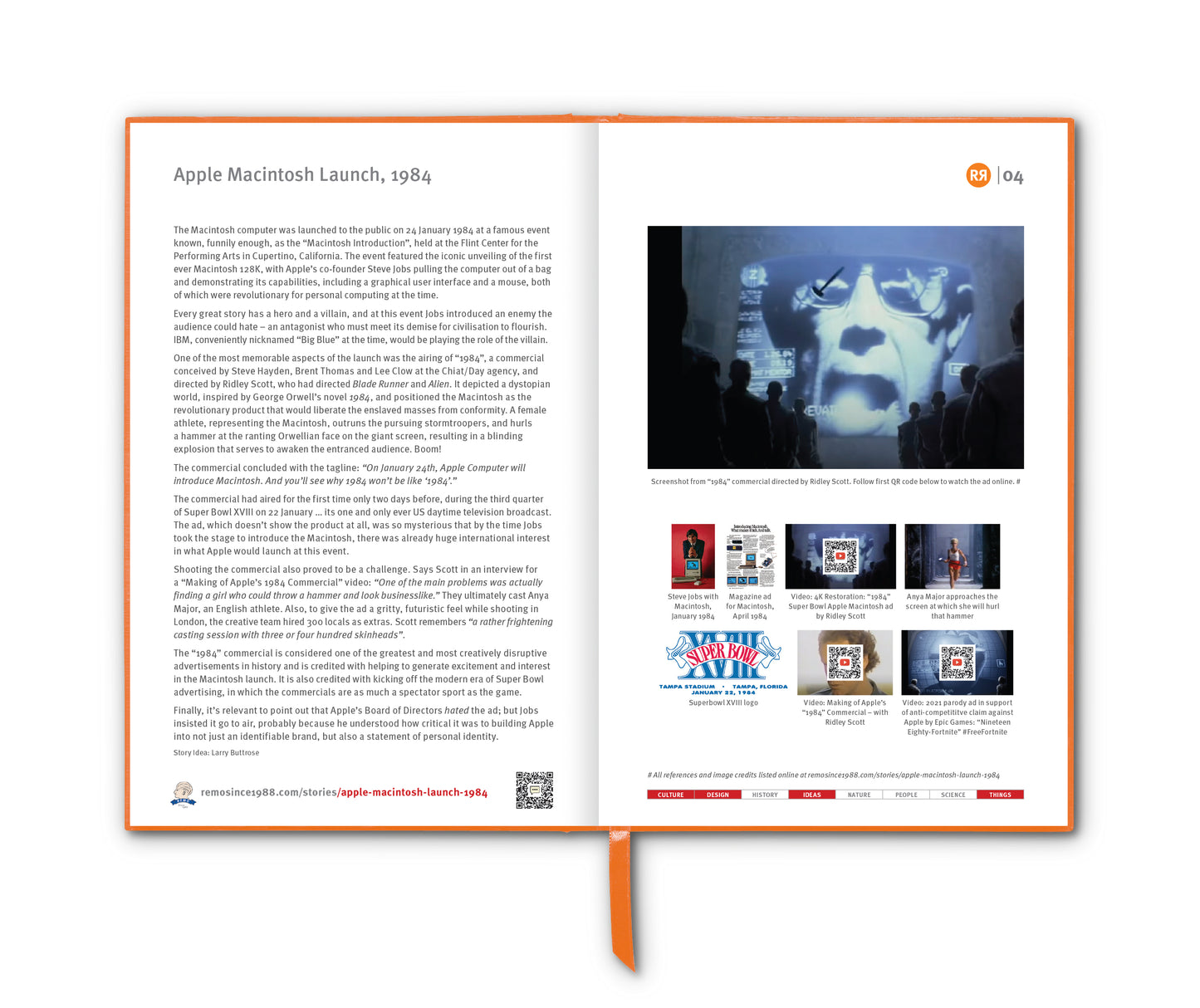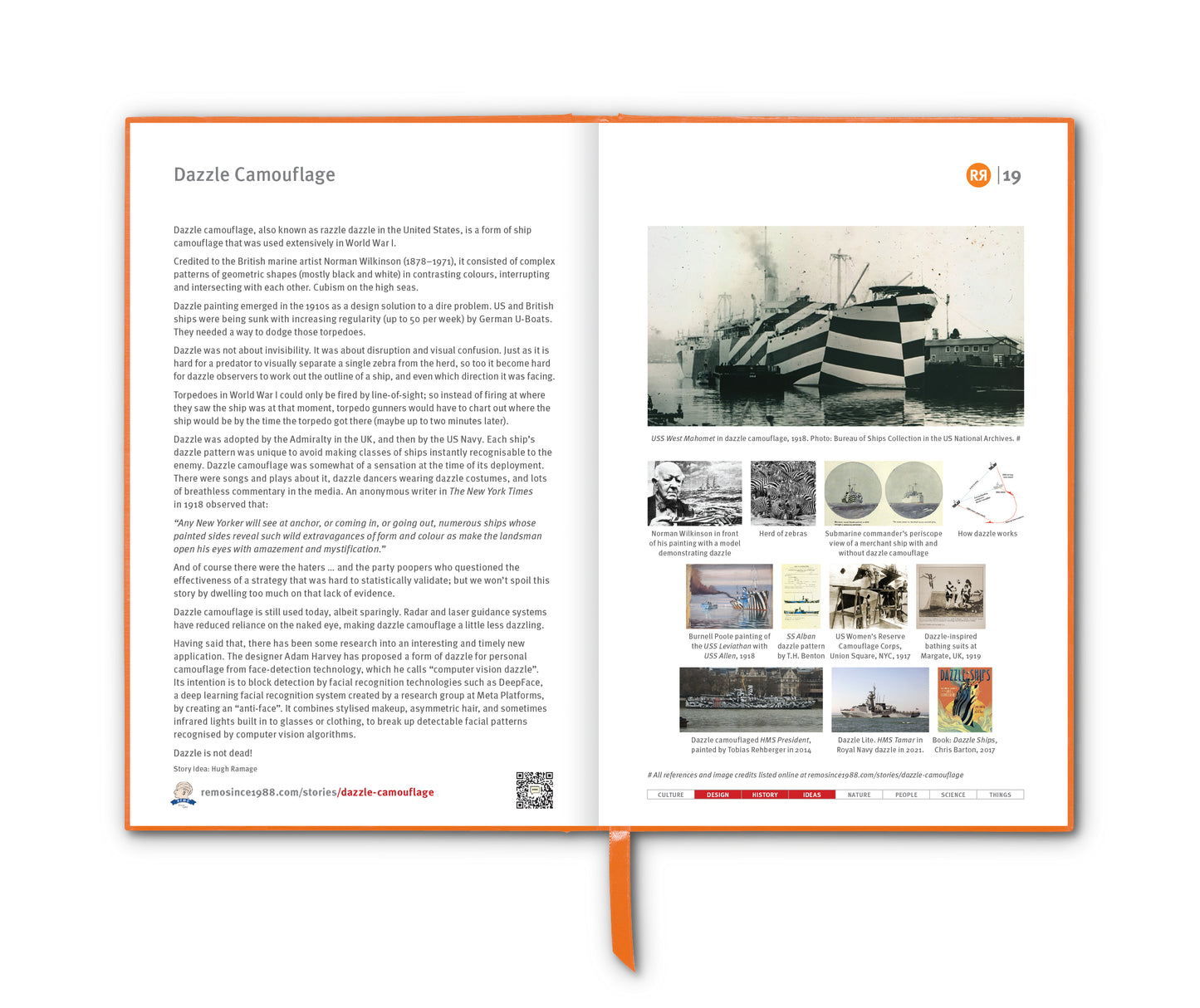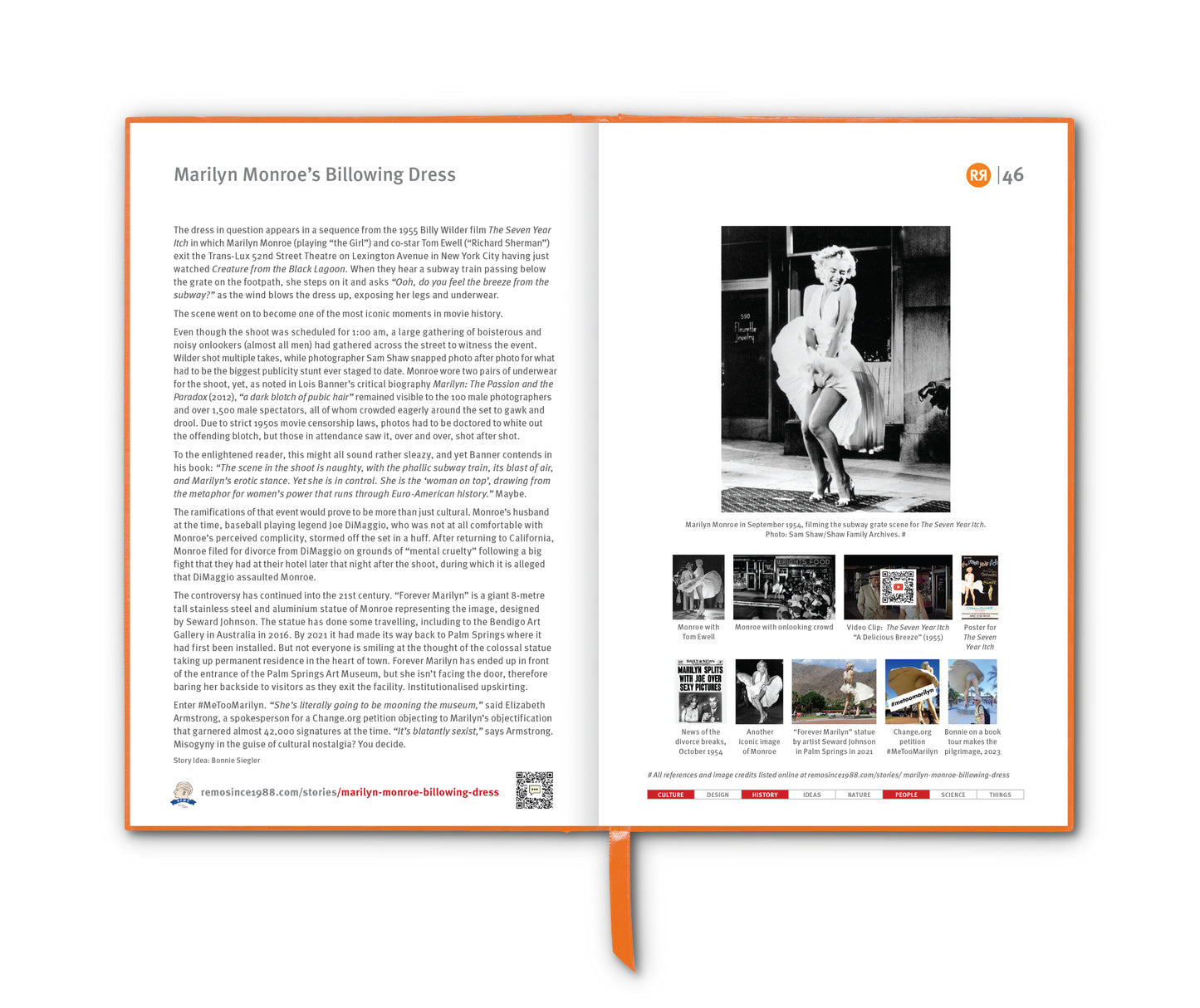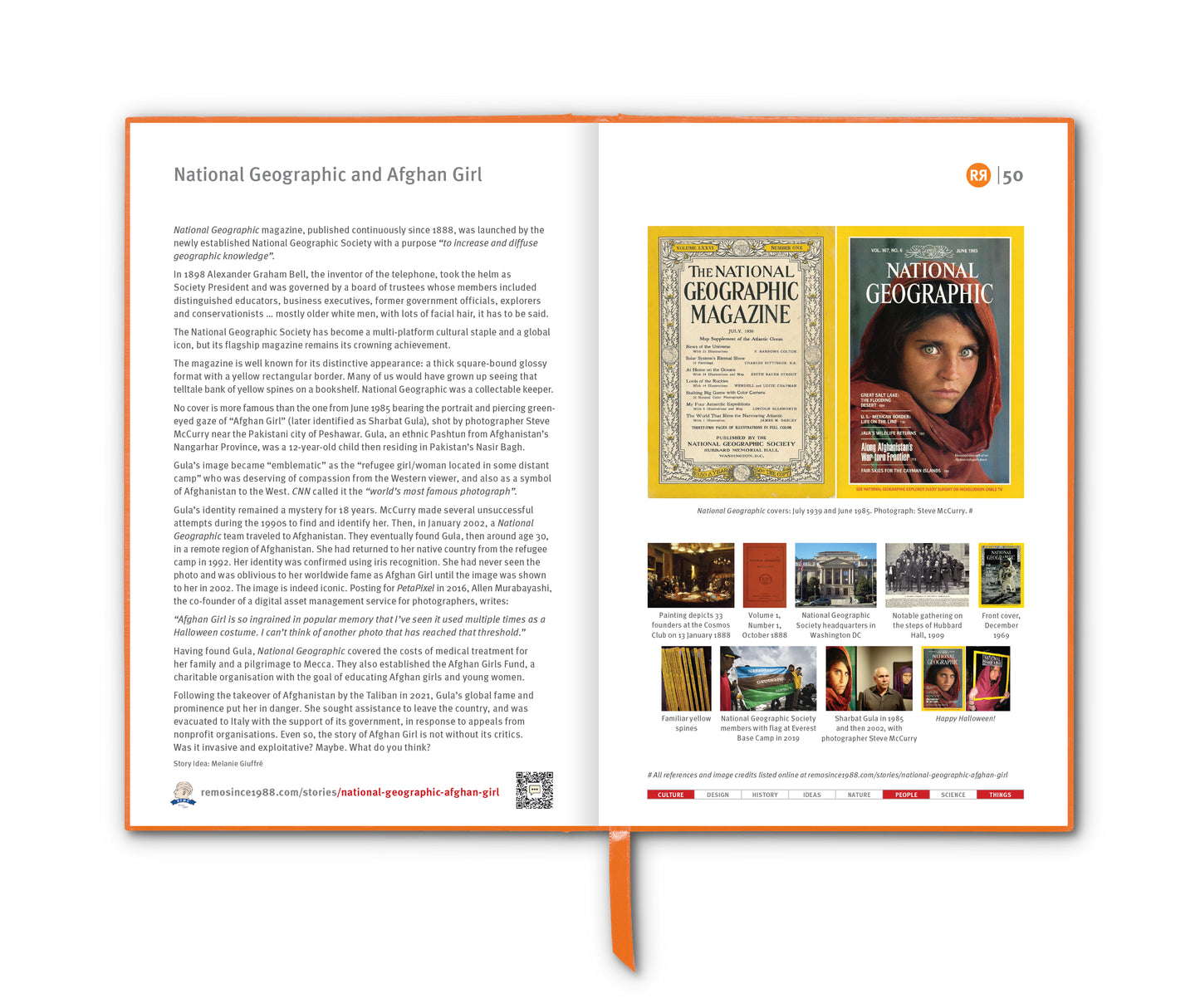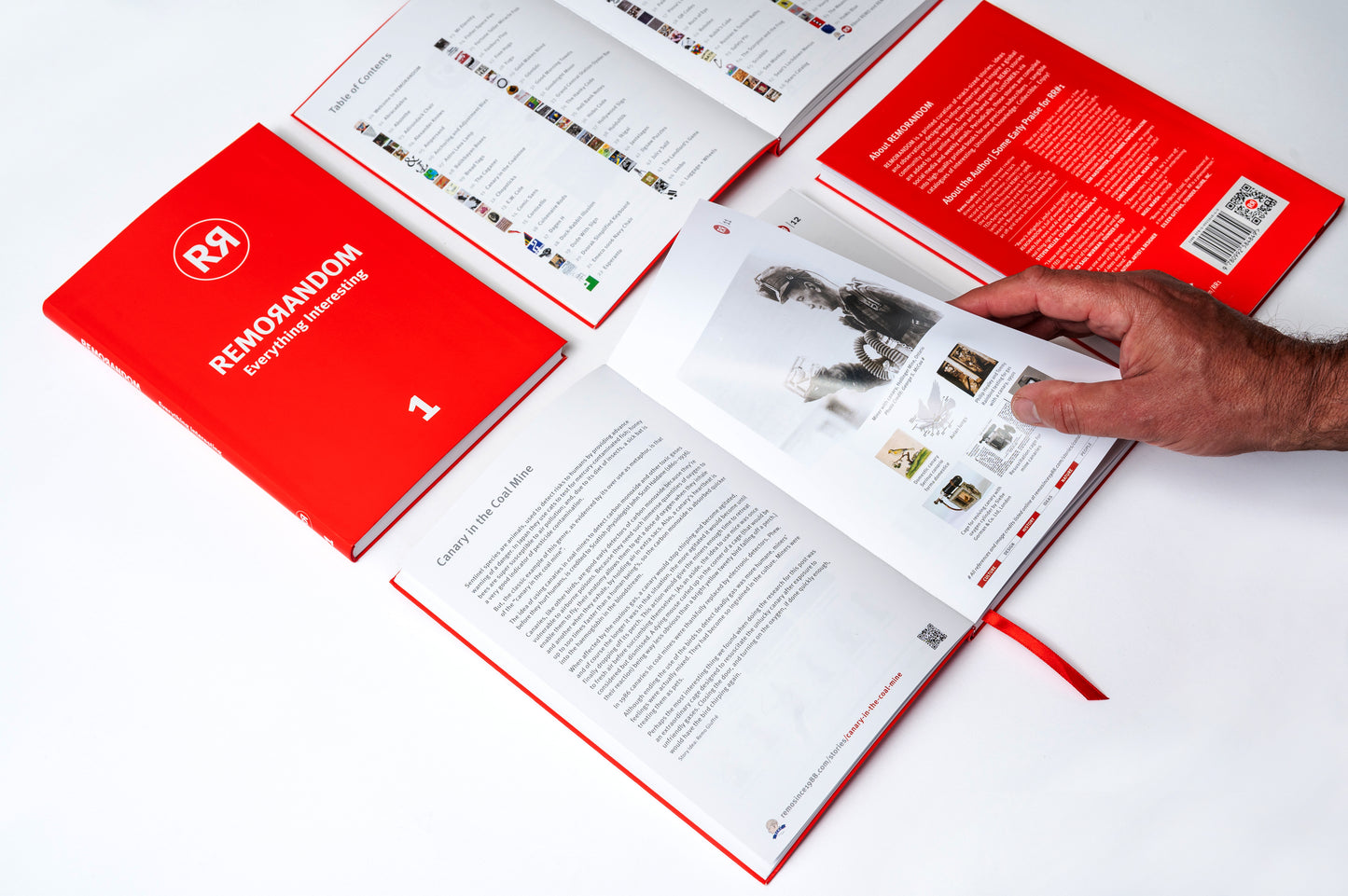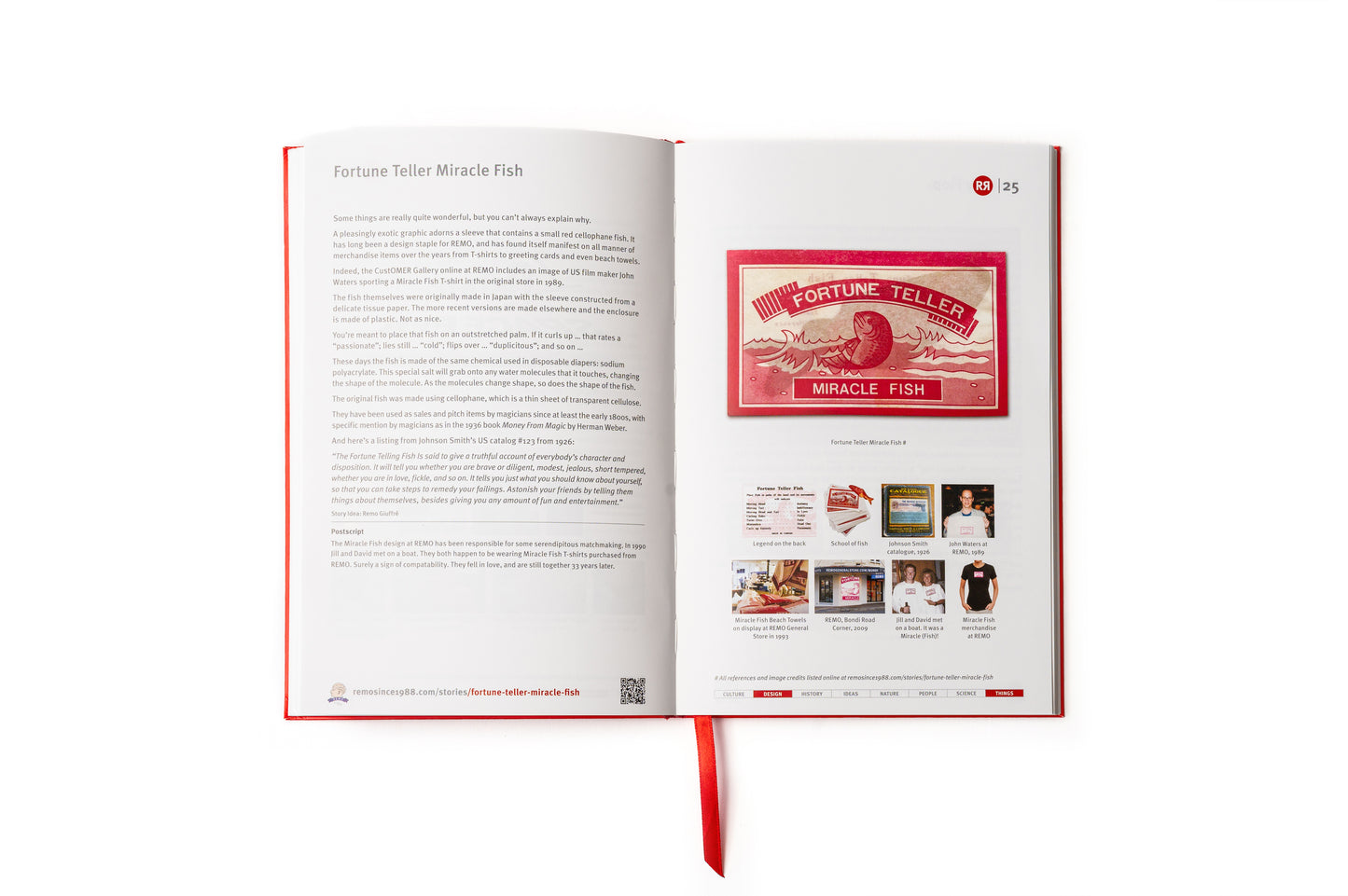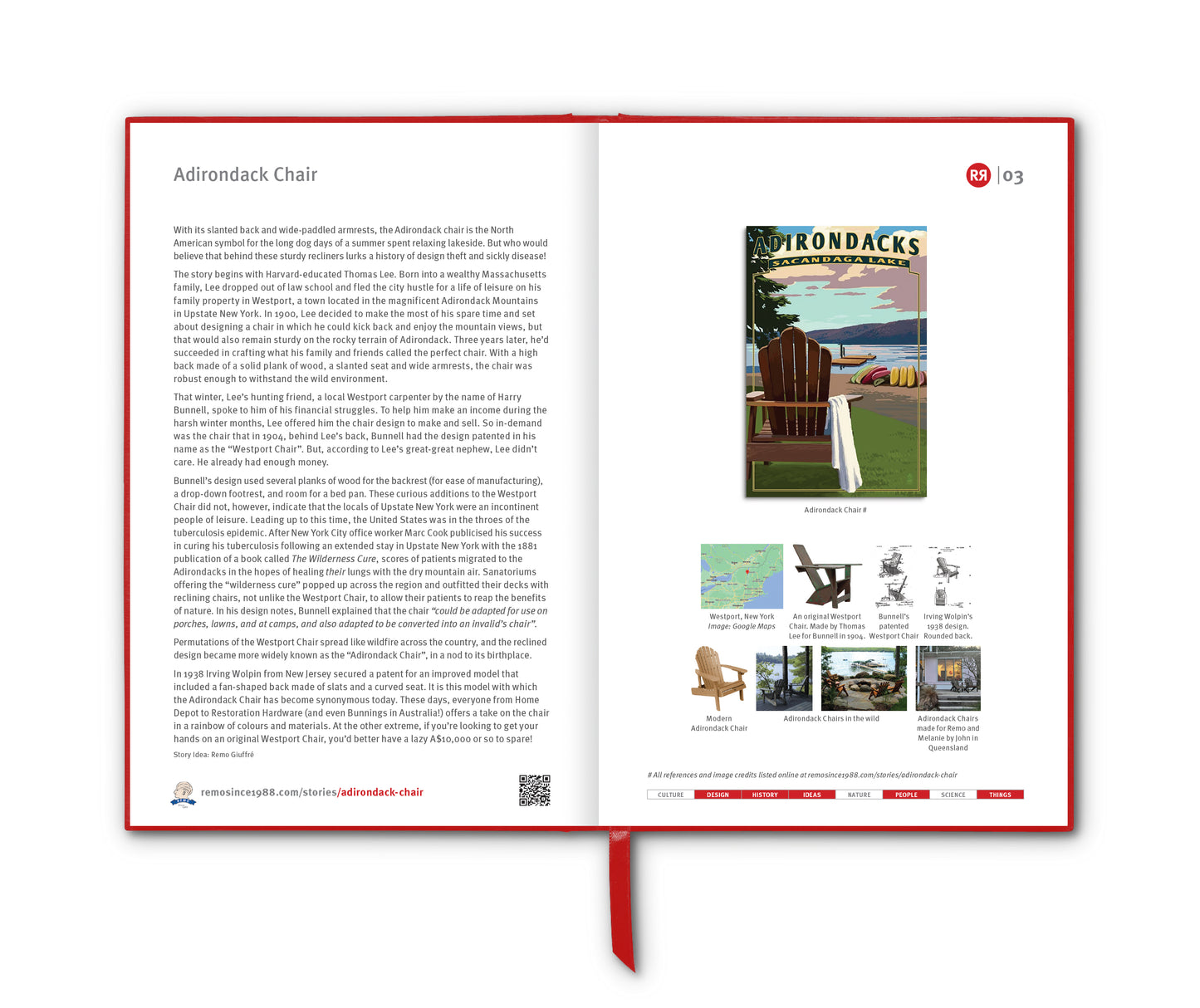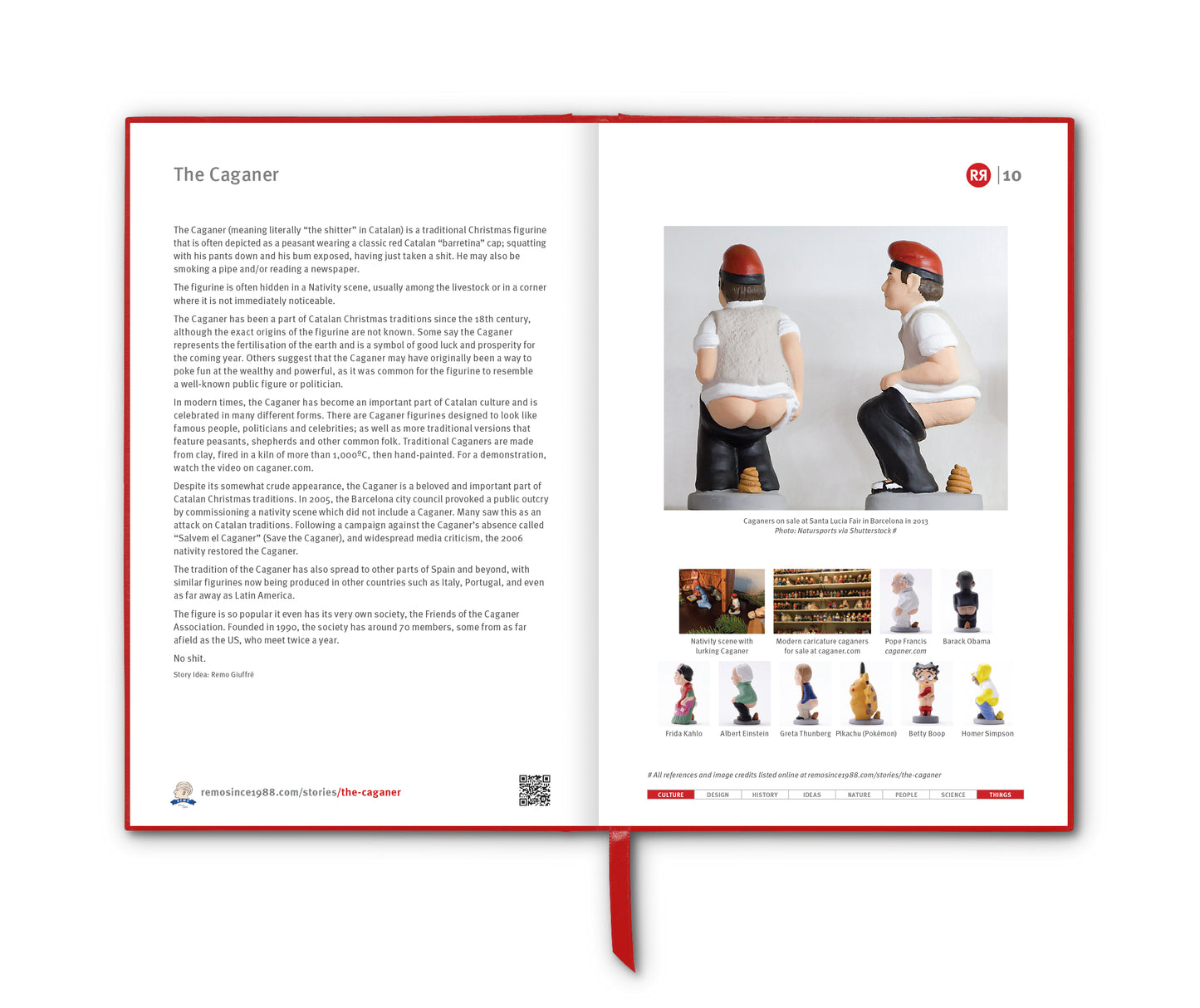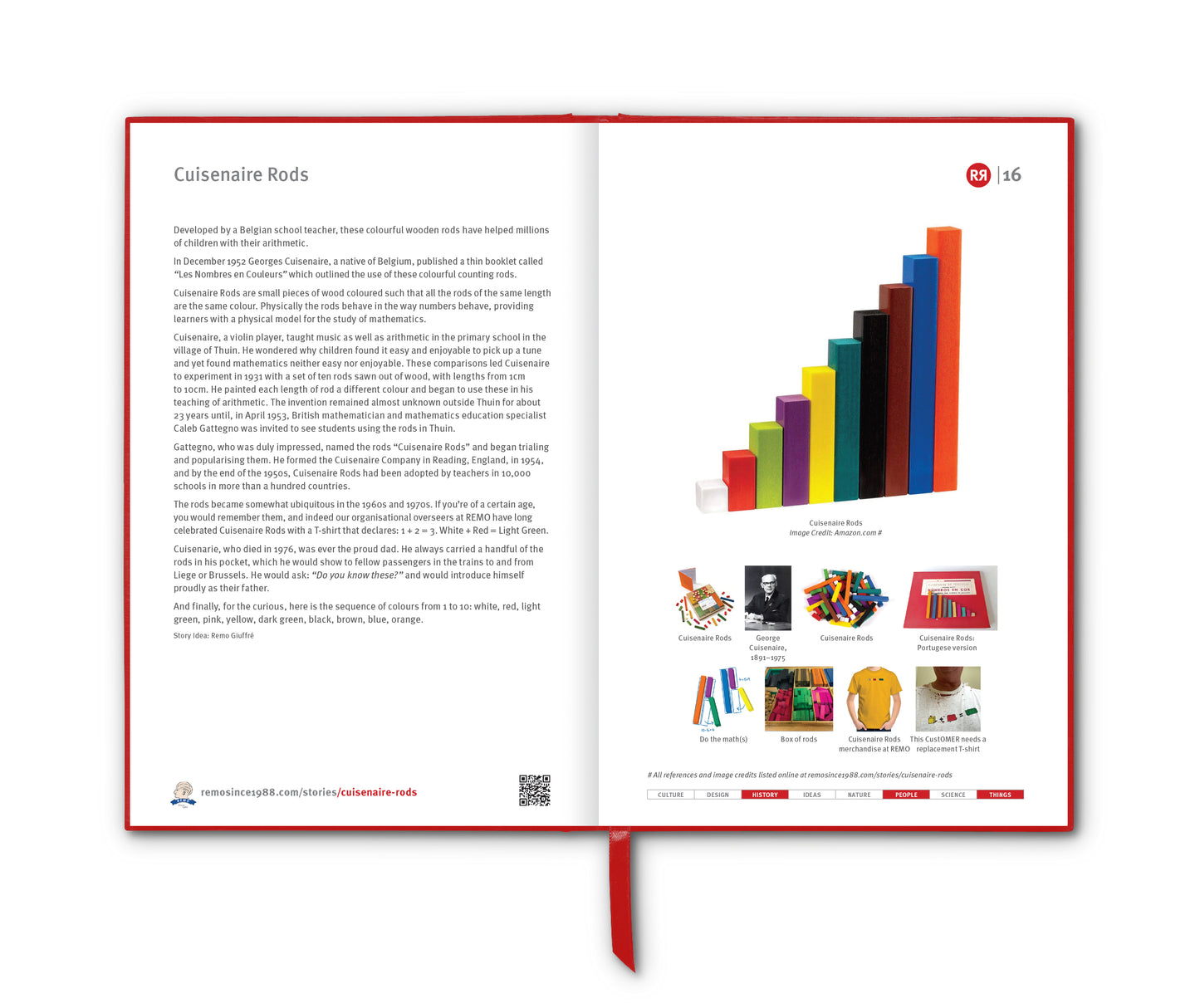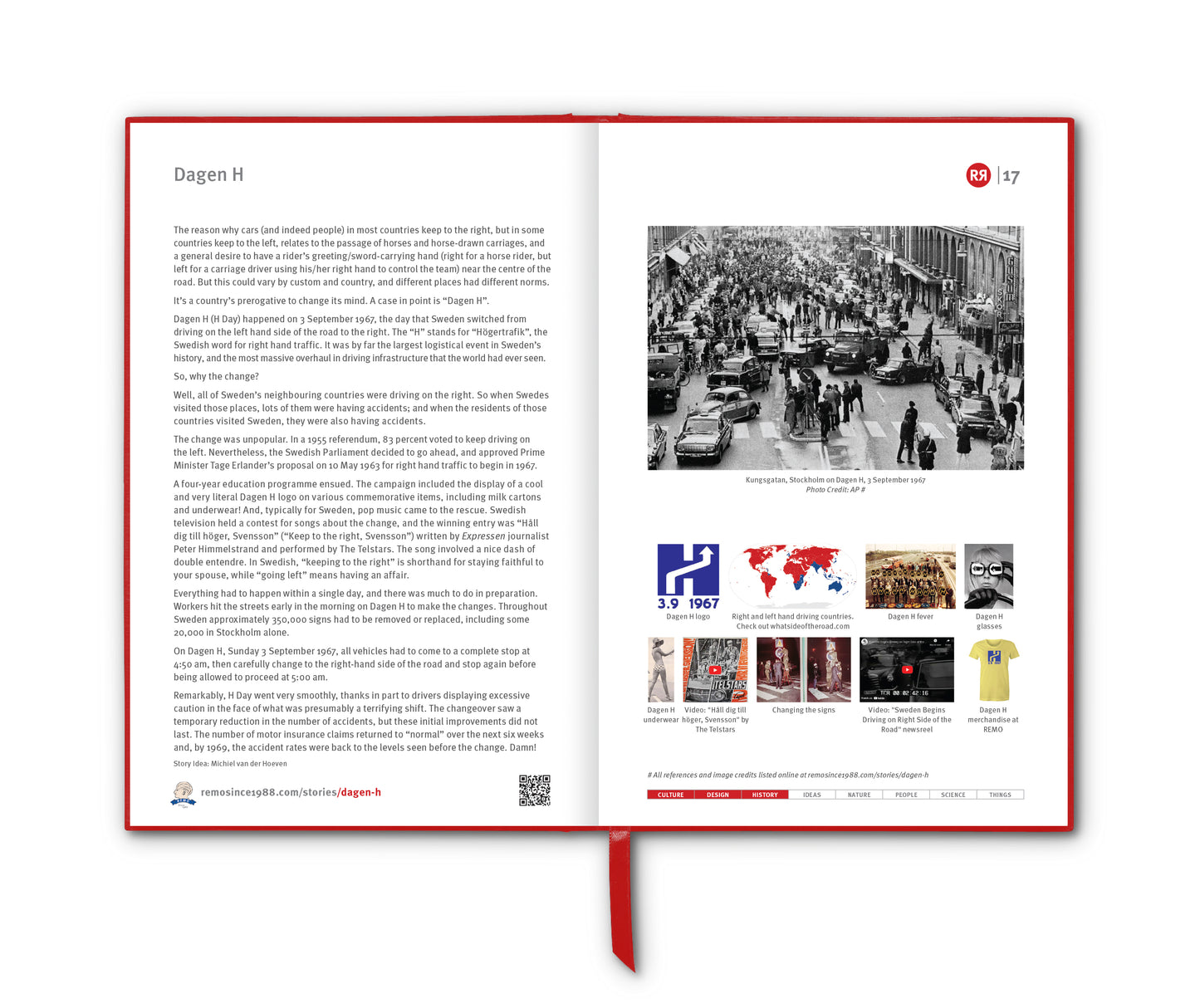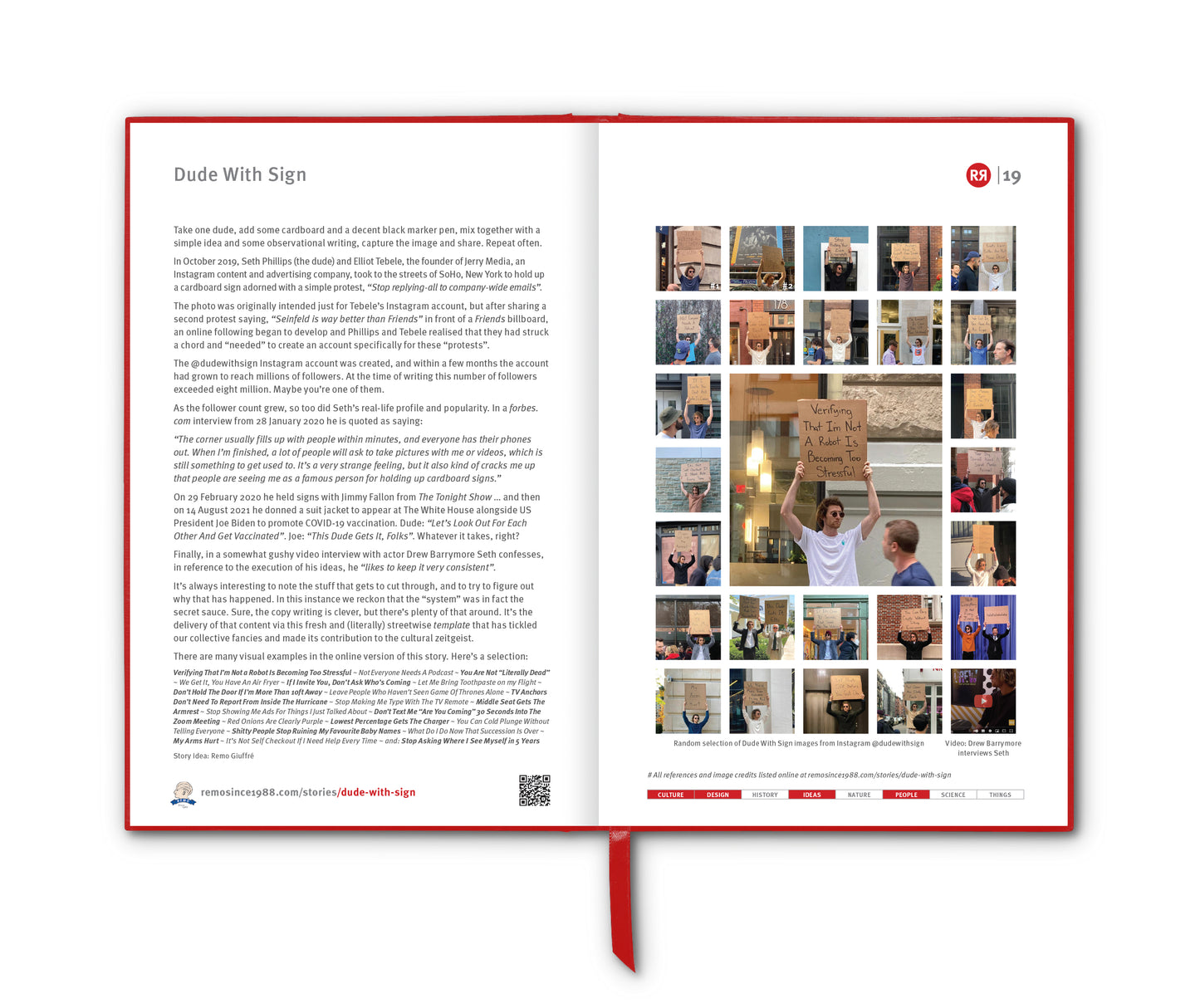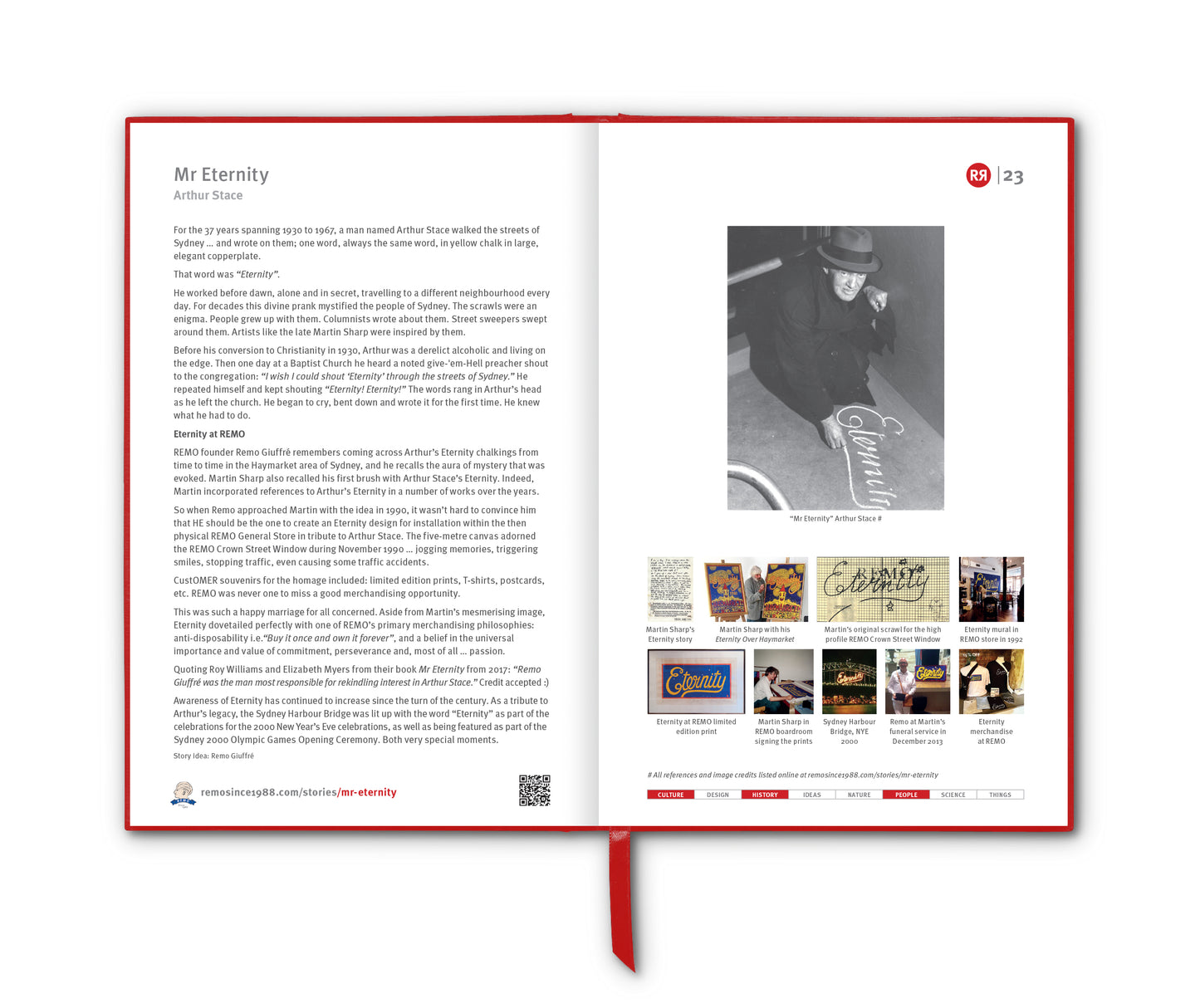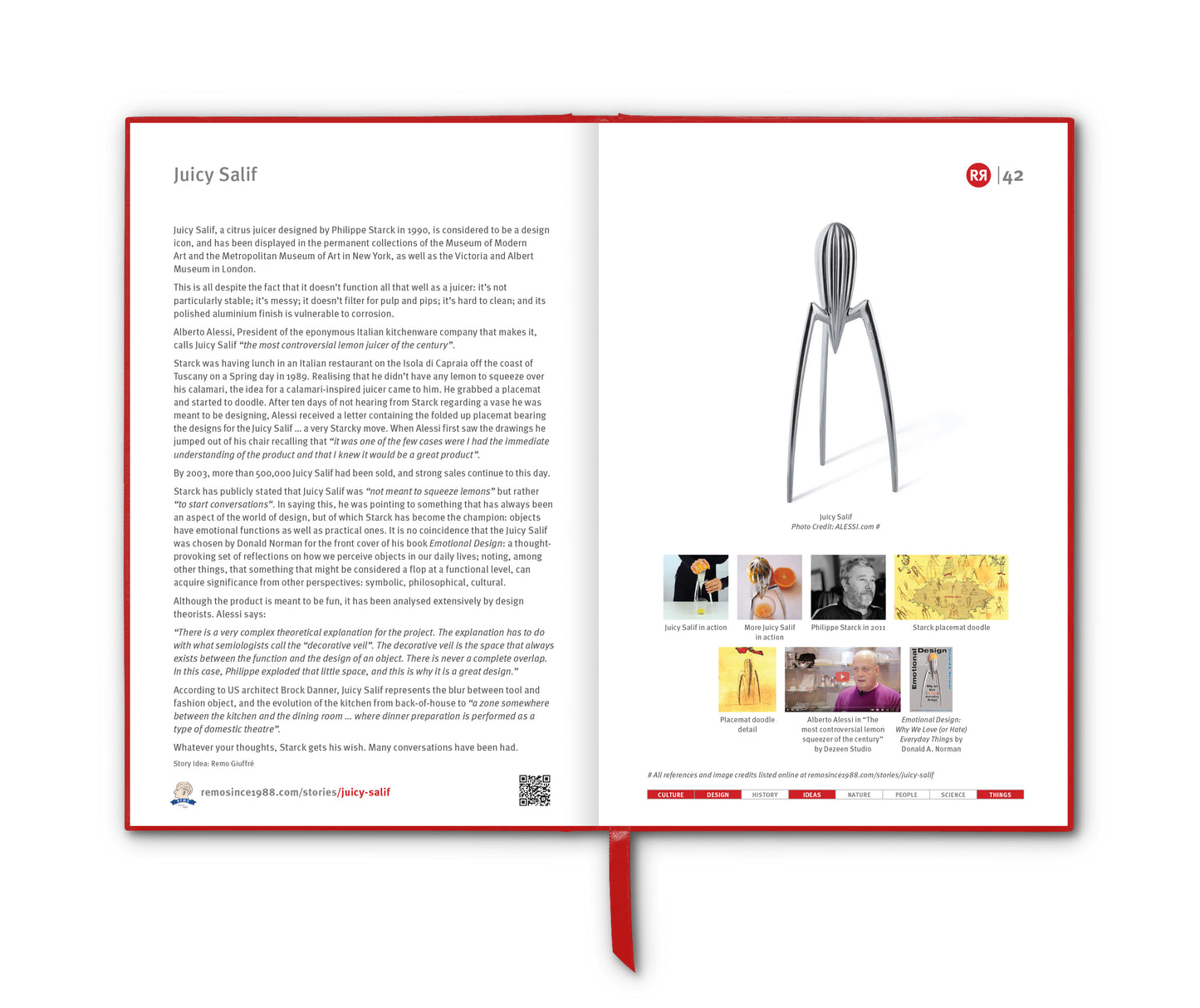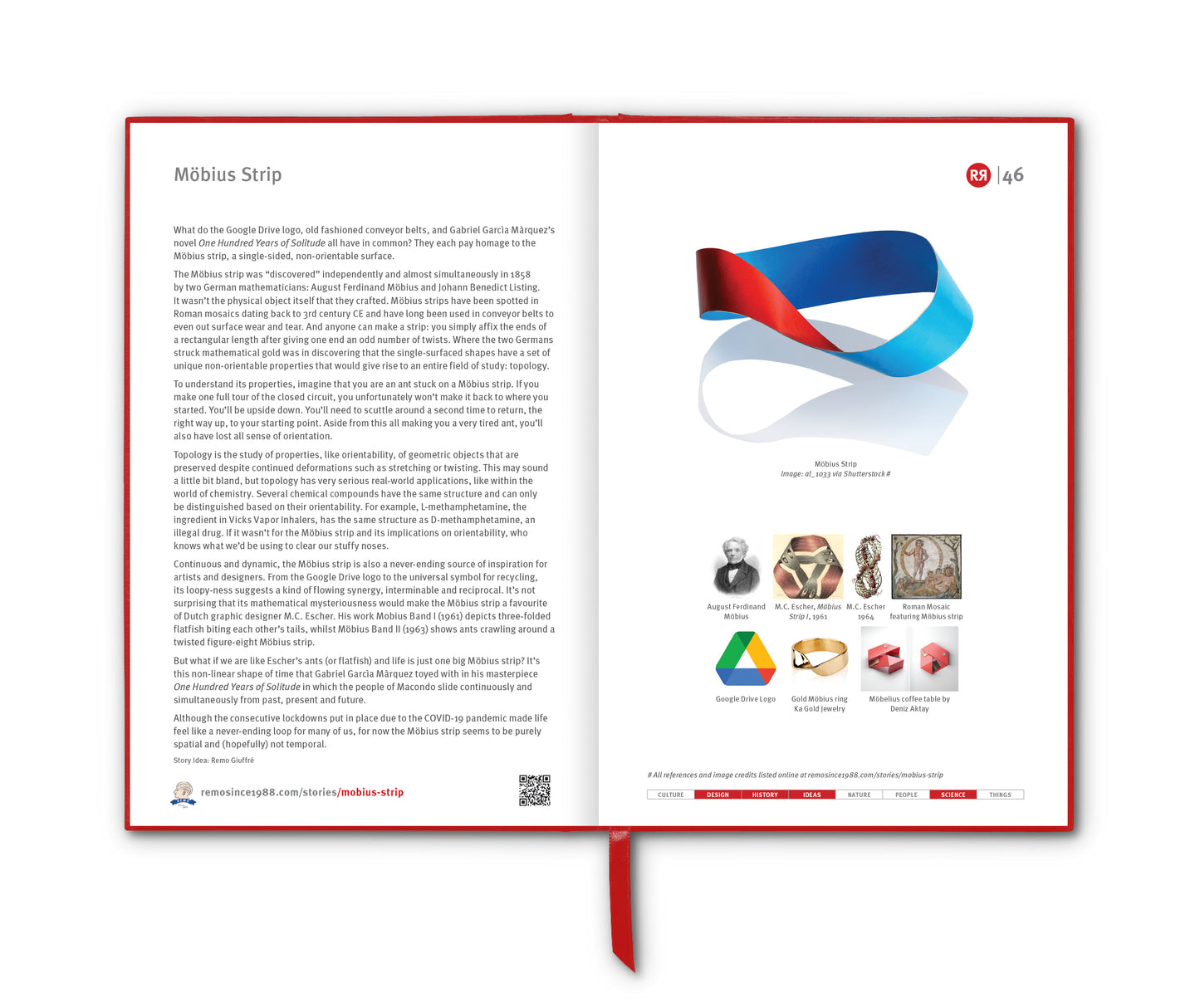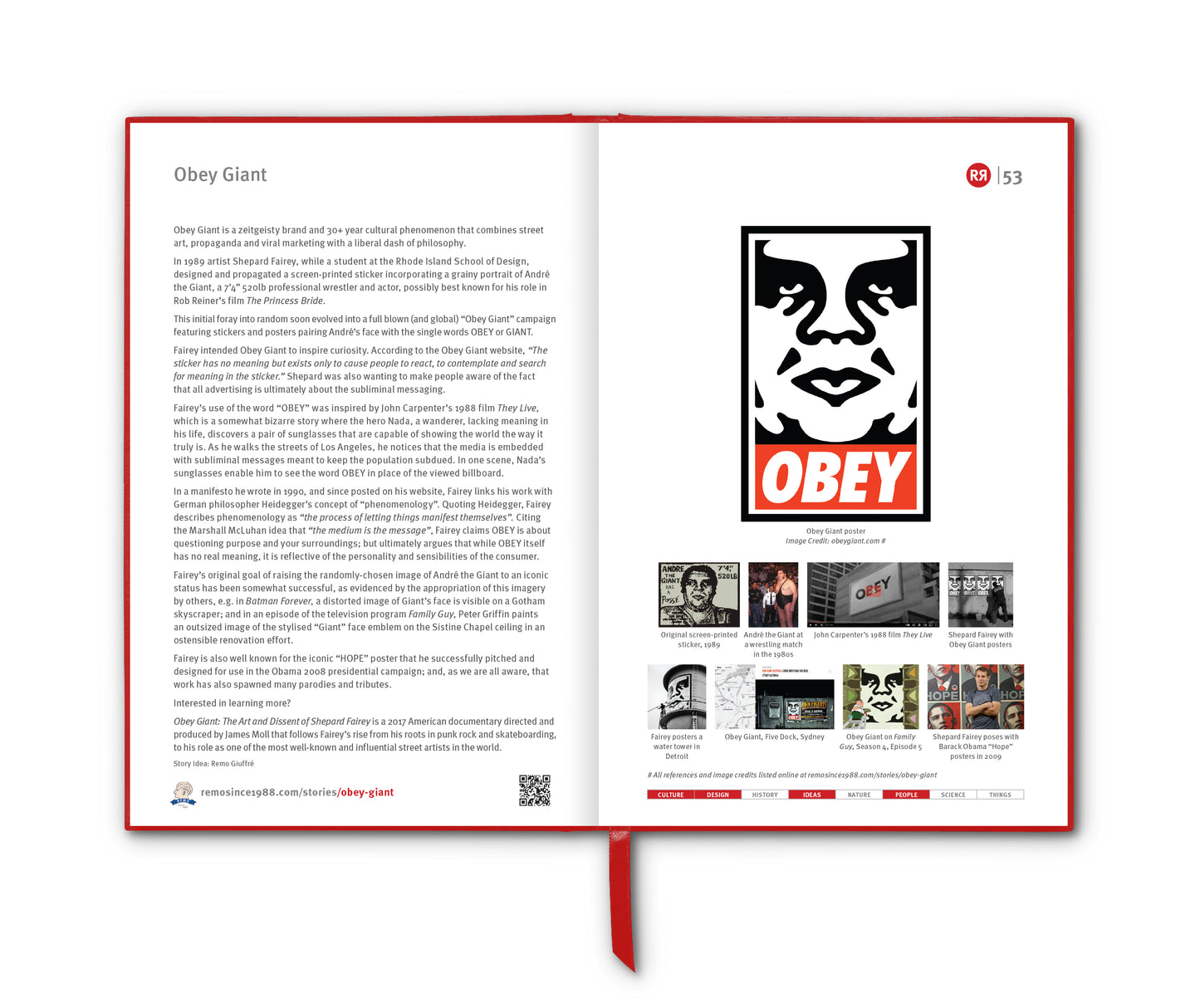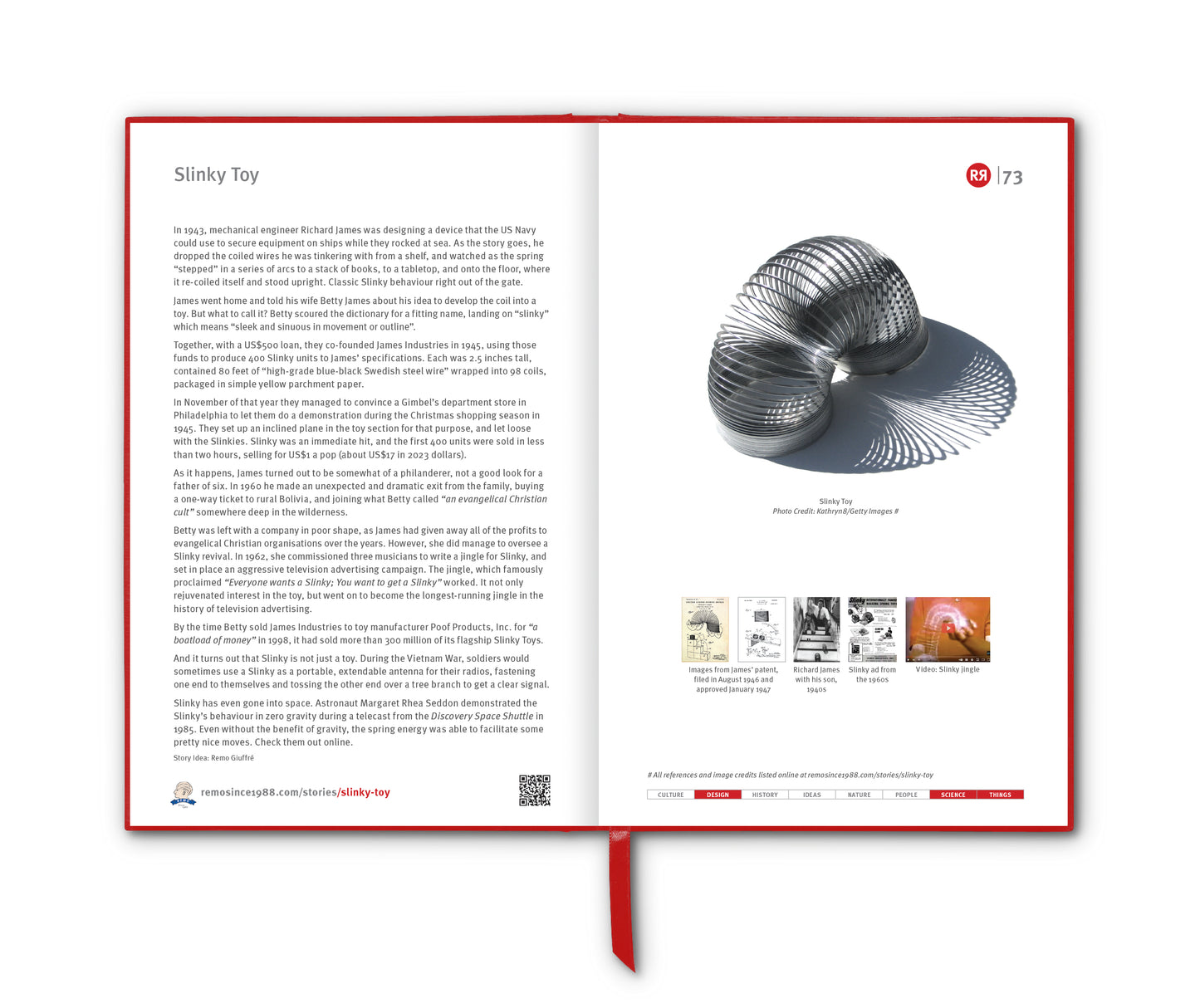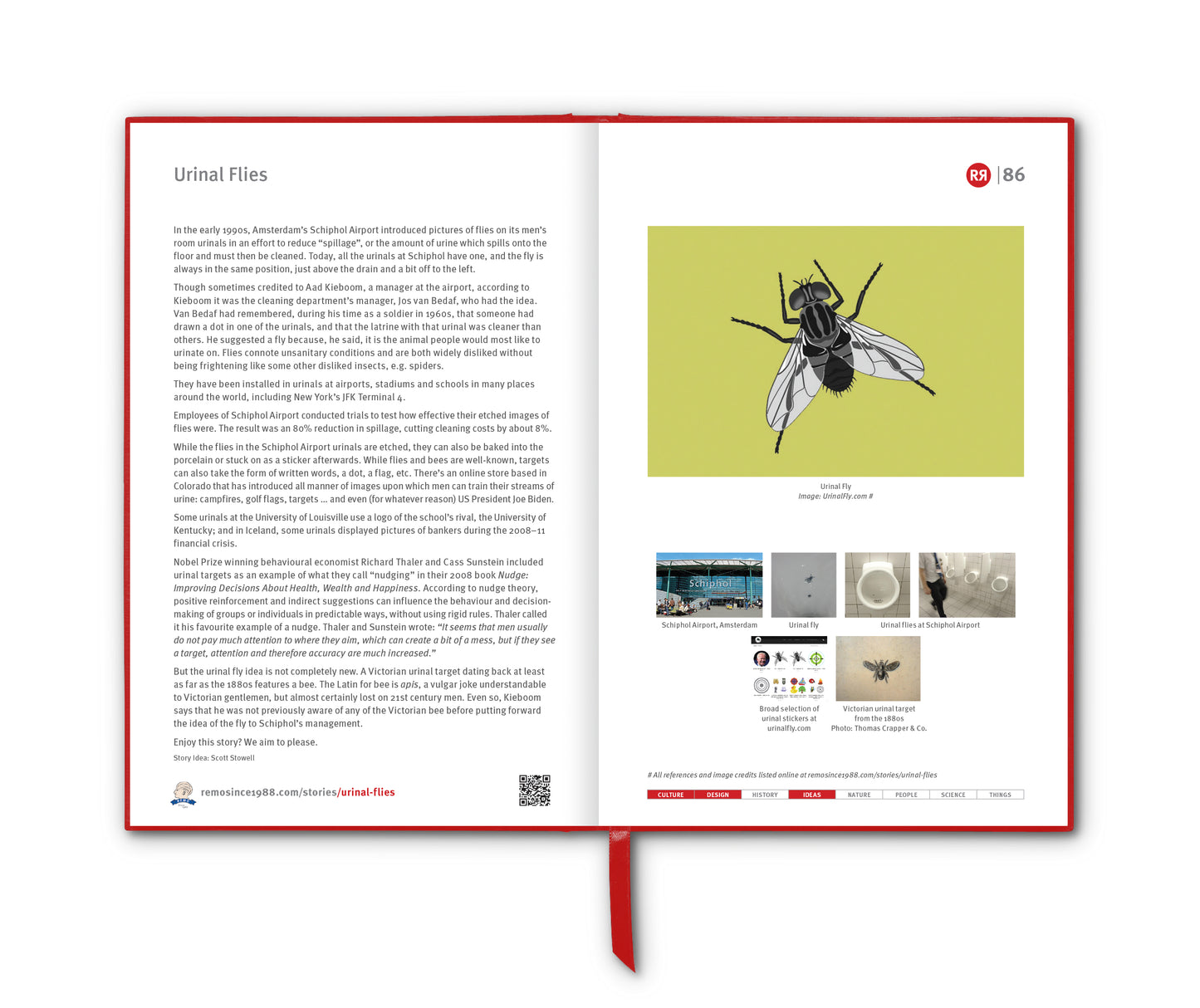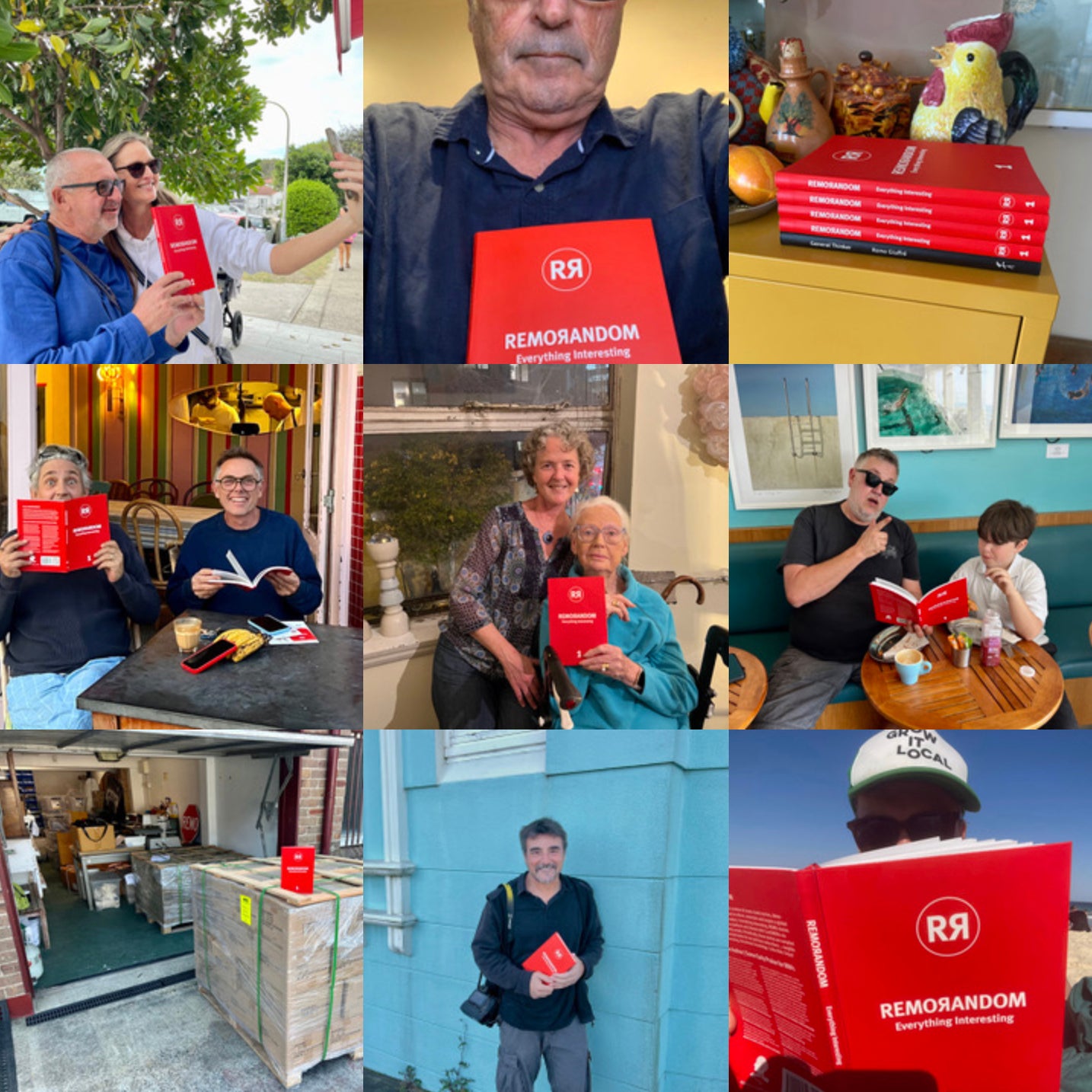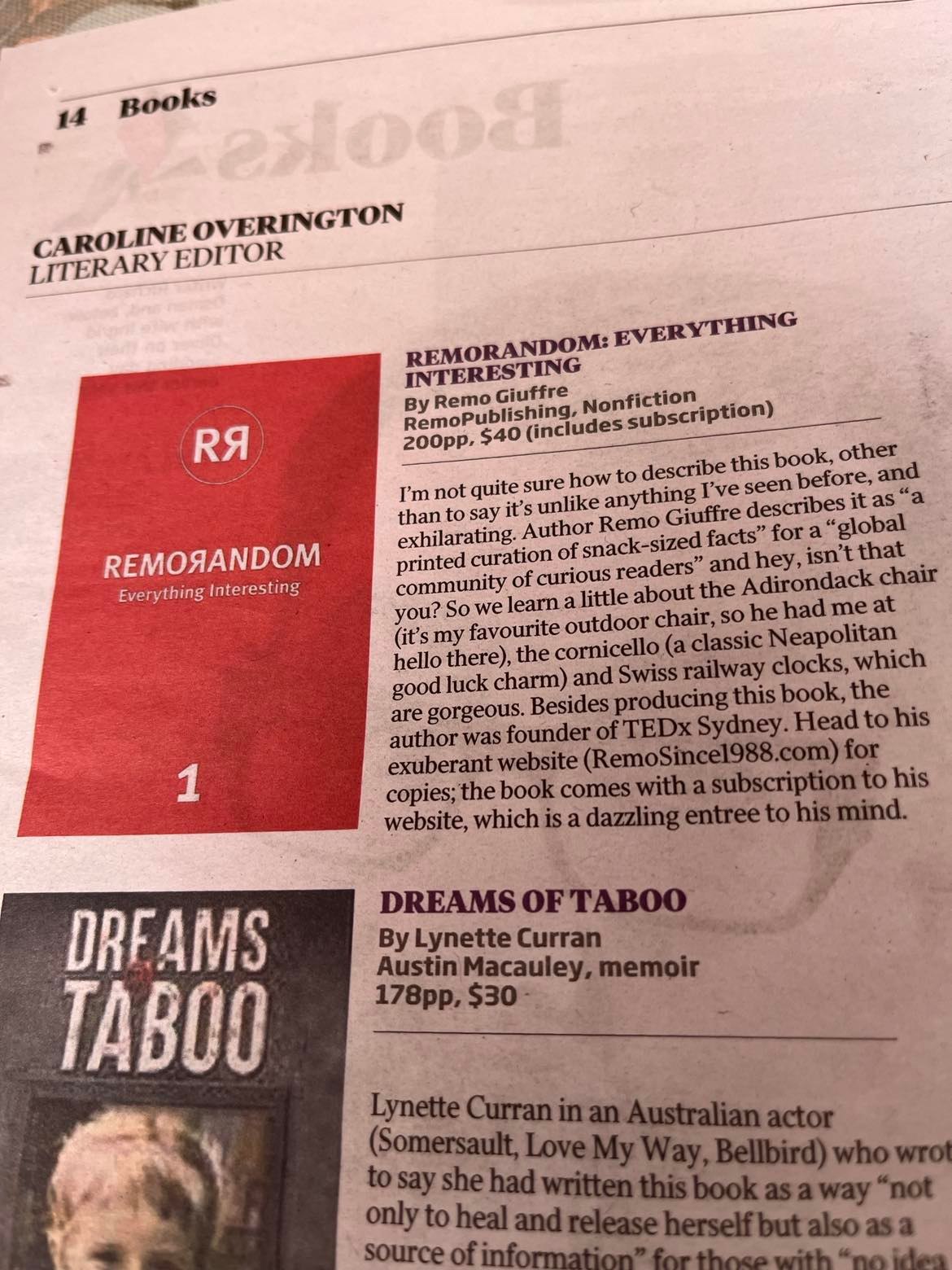The Great Wave off Kanagawa 神奈川沖浪裏, (Kanagawa-oki Nami Ura), arguably the most famous artwork in Japanese history, was created by Katsushika Hokusai in the early 1830s as part of his woodblock print series – Thirty-Six Views of Mount Fuji. It depicts a towering, curling wave about to crash down onto boats, with Mount Fuji visible in the background. Despite often being called a tsunami, it's more likely just a rogue wave. The size of the wave has been approximated using the boats as a reference. The oshiokuri-bune boats, used to transport live fish from the Izu and Bōsō peninsulas to markets in Edo Bay, were generally between 12 and 15 metres (39 and 49 feet) long. Taking into account Hokusai reduced the vertical scale by 30%, the wave is between 10 and 12 metres (33 and 39 feet) high. Decently daunting.
Including an initial print run of 1,000, it is estimated that around 8,000 copies of The Great Wave off Kanagawa were eventually printed. As of 2025, only around 100 copies are known to have survived. In 2023, one of the prints that had been held by a private family since the early 1900s and for a time was displayed at the Glyptotek, Copenhagen, was sold for a record price of US$2.8 million.
The image has had an enormous cultural impact, shaping both Japanese and global art, and design. It influenced Western art, especially the Impressionists and Post-Impressionists. Artists like Claude Monet and Vincent van Gogh were inspired by Japanese compositions, colour use and flat perspectives. Van Gogh, a keen collector of Japanese prints, was especially enamoured with The Great Wave. In one letter to his brother Theo, he wrote that it had a “terrifying” emotional impact and that: “These waves are claws, the boat is caught in them, you can feel it.”
Martin Bailey, a specialist on Vincent van Gogh, believes that the Dutch artist drew inspiration from Hokusai’s Great Wave when he painted one of his most dazzling and celebrated works, The Starry Night. Side by side, the similarities are striking. In the Hokusai the wave towers over the volcanic peak of Mount Fuji. In the van Gogh, according to Bailey, “the swirling mass in the sky hurtles towards the more gentle slopes of Les Alpilles”.
The print’s stylised forms and bold contrasts also influenced designers and painters like Henri de Toulouse-Lautrec and Paul Gauguin.
Its influence of the wave on the pop culture has also been significant. Composers like Debussy (La Mer) and bands like Weezer (Blue Album) have used The Great Wave as inspiration. It has been reinterpreted in everything from The Simpsons (Dufforama beer label) to anime. Street artists, digital creators, and meme-makers continuously remix The Great Wave, whether adding pop-culture characters or political messages.
Story Idea: Gene van Grecken
__________________________
References
wikipedia.org/wiki/The_Great_Wave_off_Kanagawa
wikipedia.org/wiki/Hokusai
theguardian.com/artanddesign/2018/sep/28/vincent-van-gogh-starry-night-hokusai-great-wave
Images
The Great Wave off Kanagawa by Katsushika Hokusai
2. Map of Kanagawa Bay, 1907
3. The Great Wave off Kanagawa, Katsushika Hokusai, signature and title
4. Katsushika Hokusai (known mononymously as Hokusai)
5. Original 1905 cover of Claude Debussy's La Mer
6. Side-by-side comparison with Van Gogh's The Starry Night, painted in 1889
7. Japanese 1,000 yen banknote issued in 2024
8. Duffahama label from The Simpsons, season 2, episode 11
9. Martin Sharp's Wave from 1990, featuring Hokusai's wave and Boofhead





























